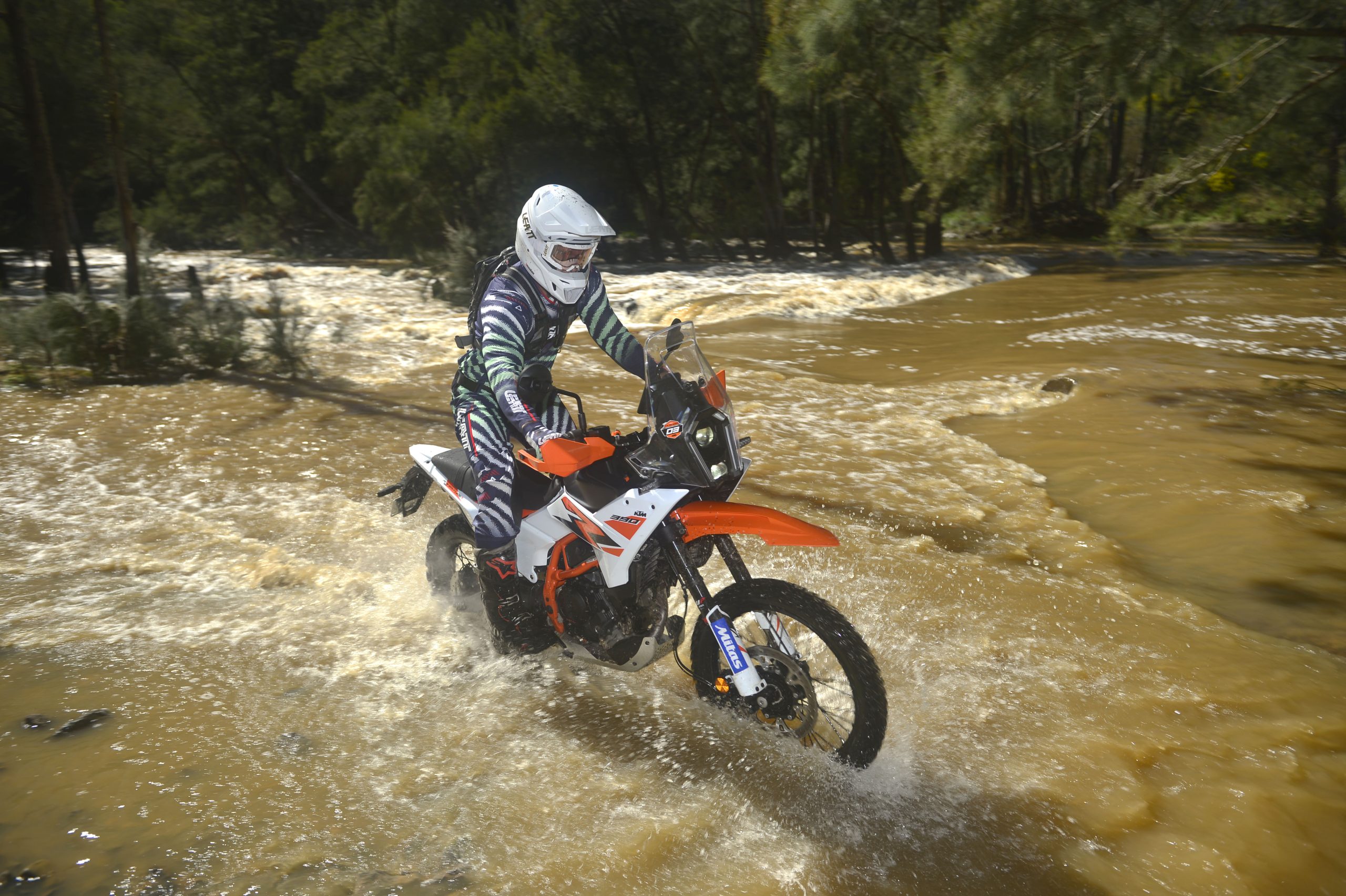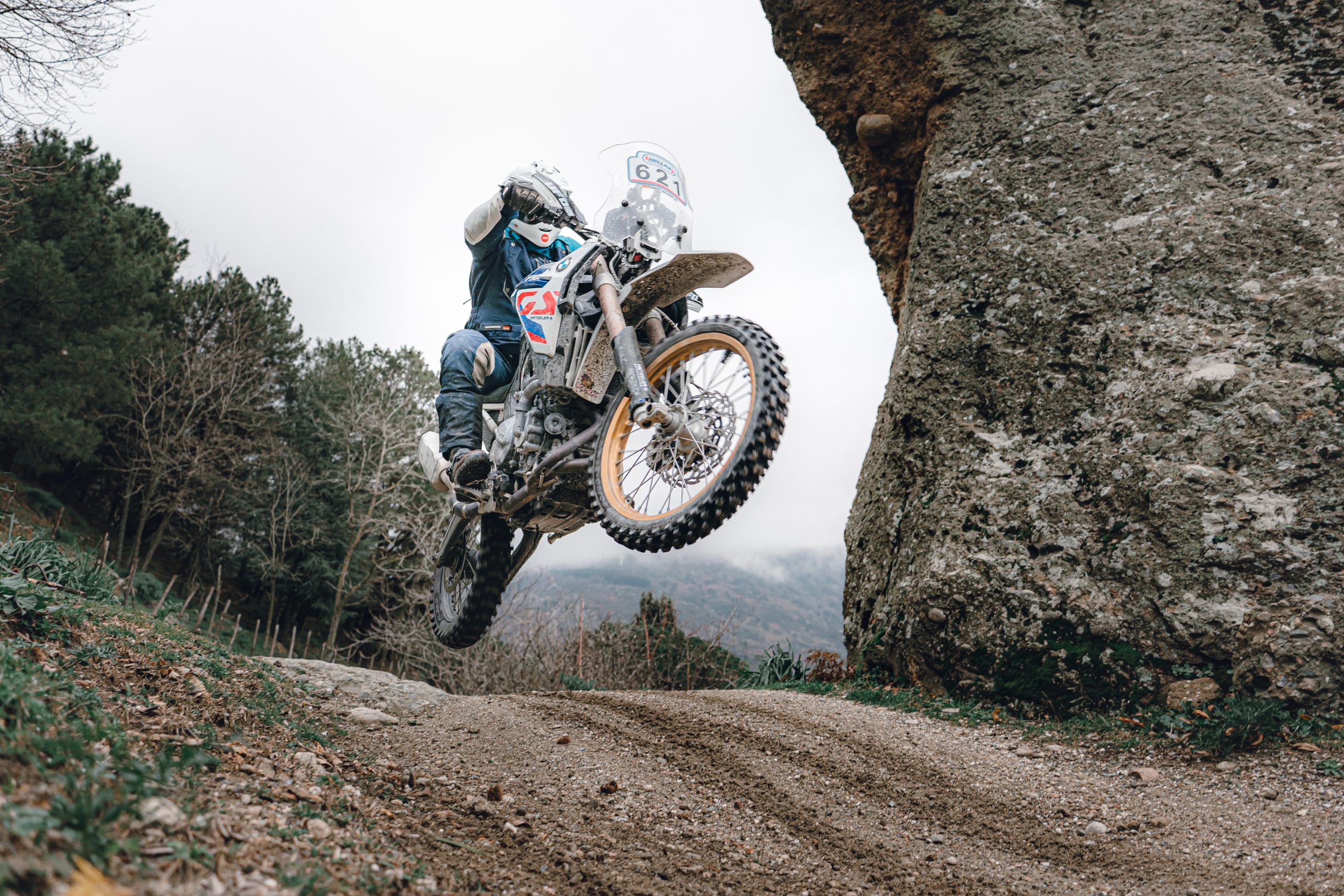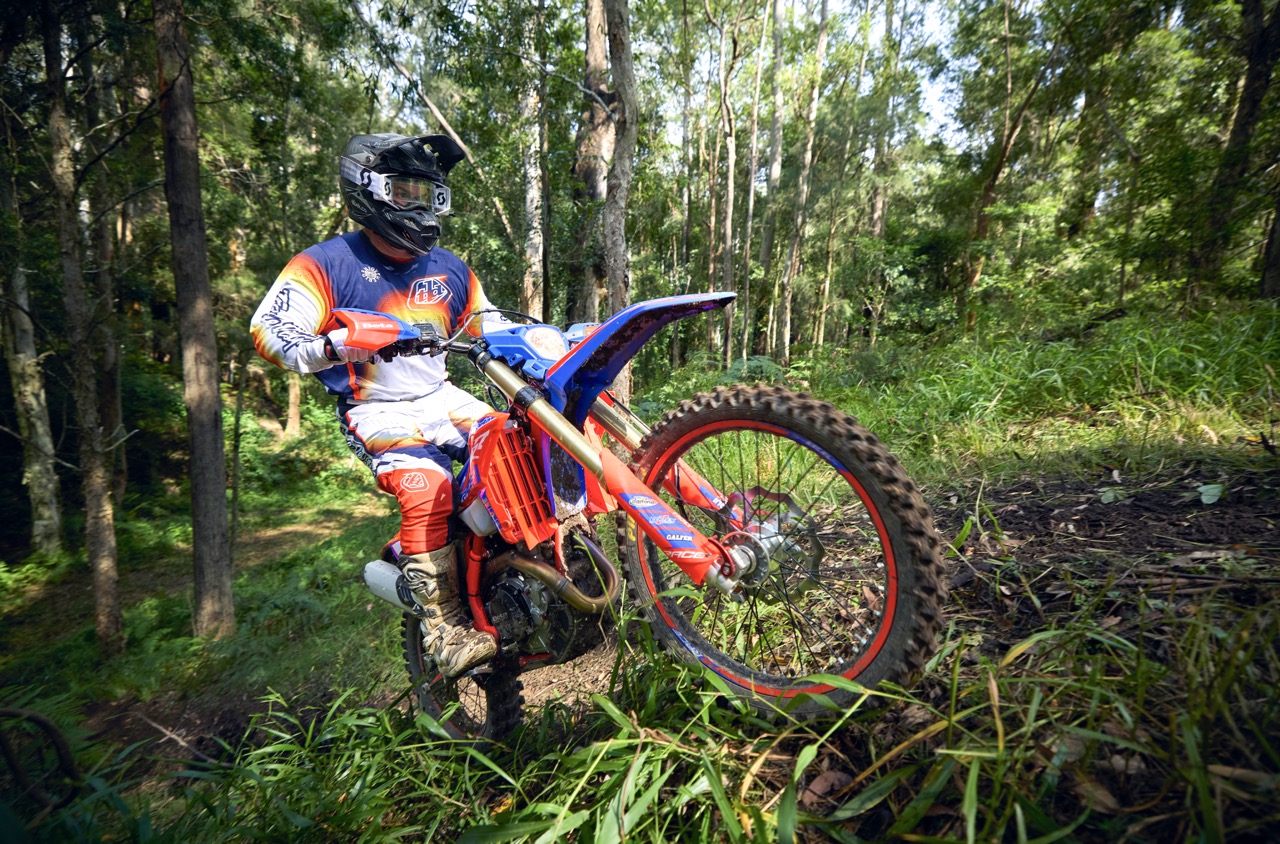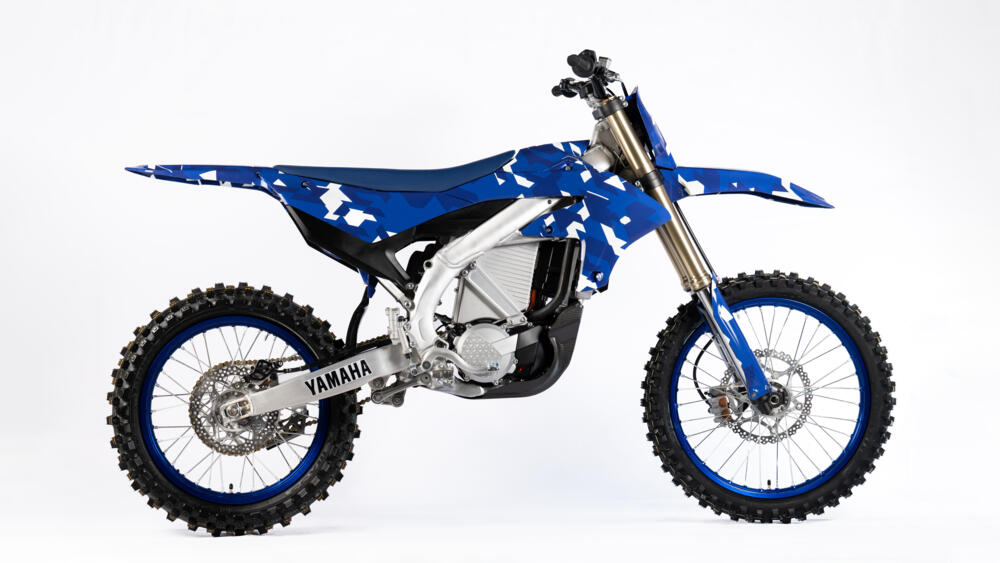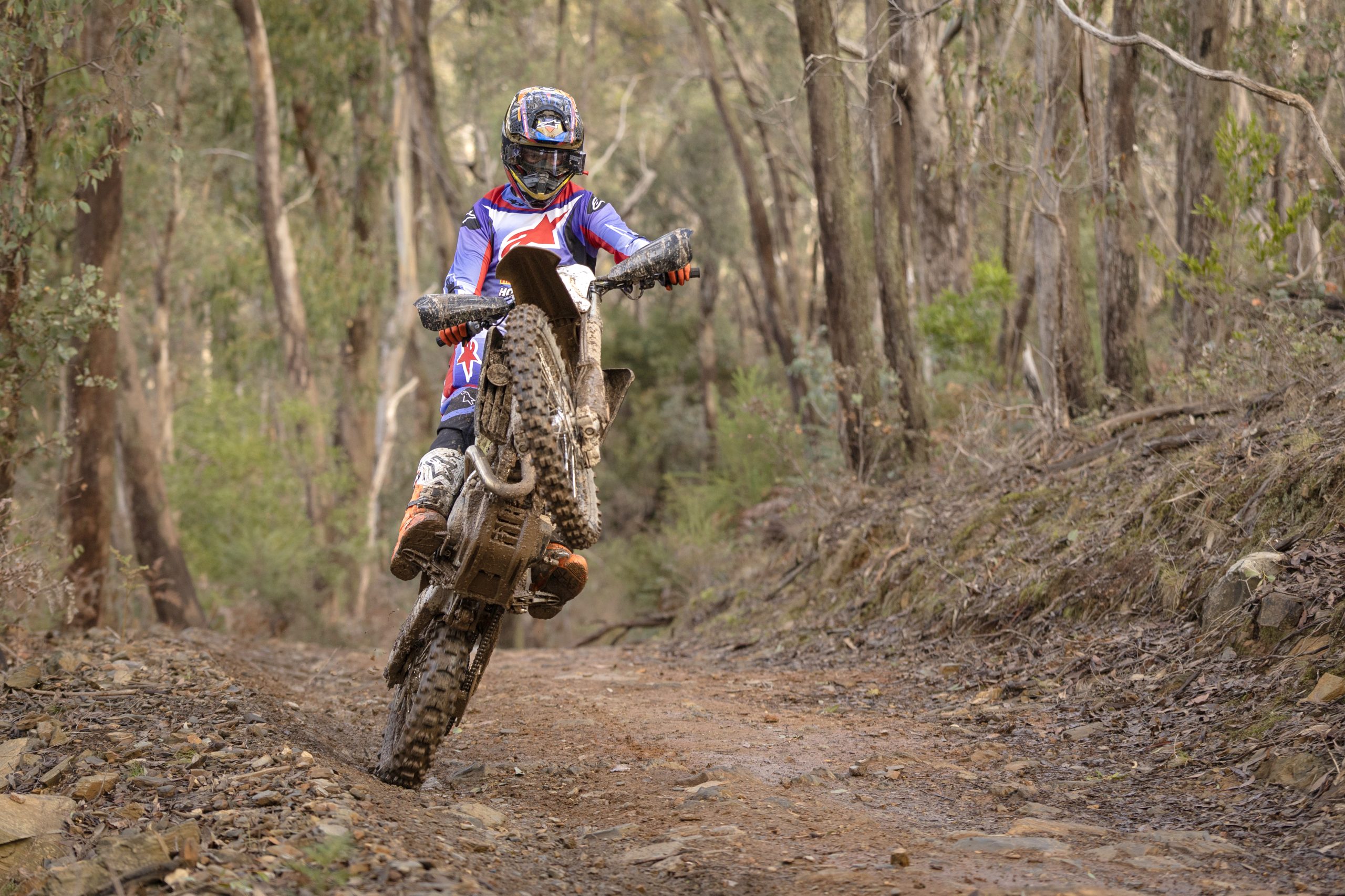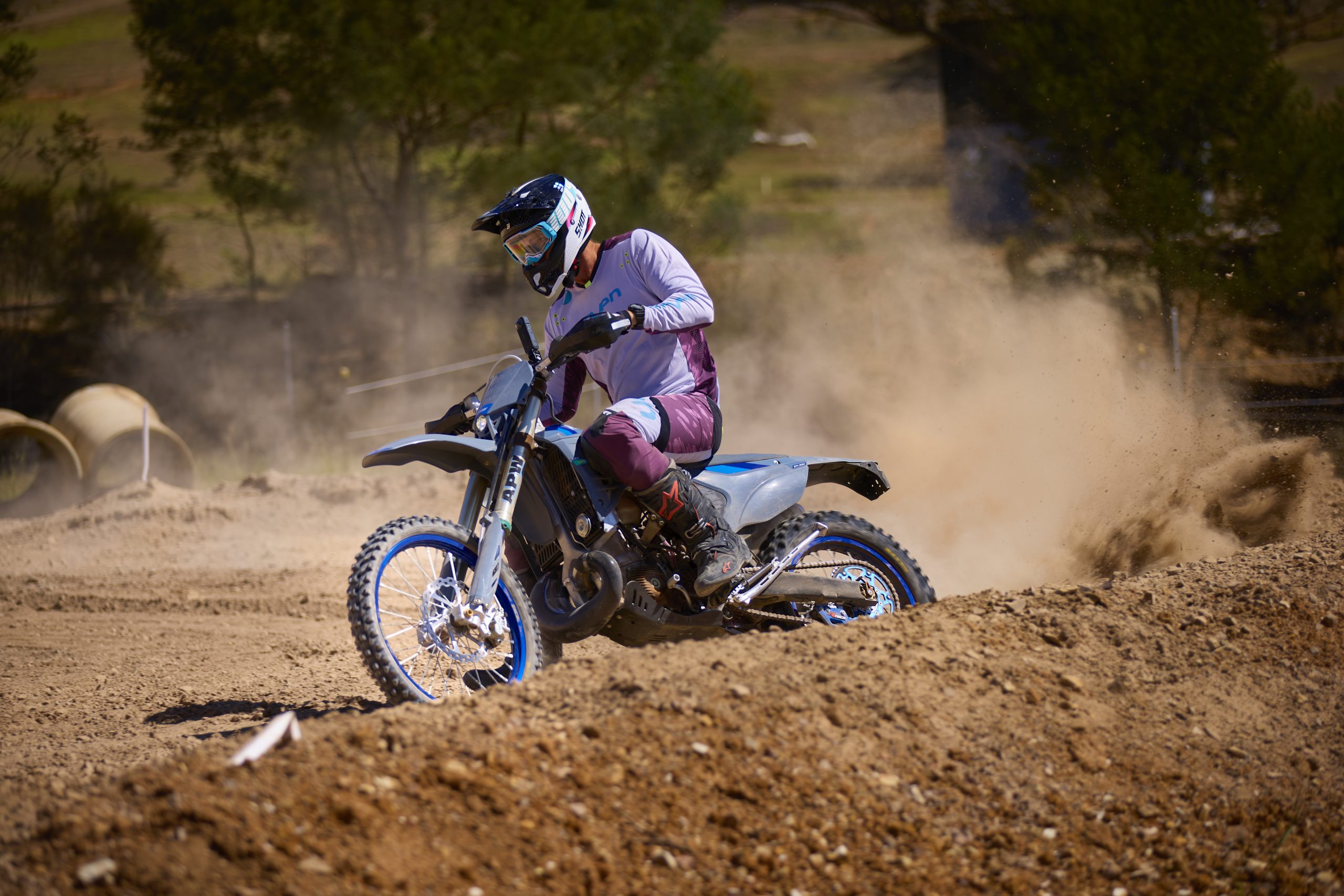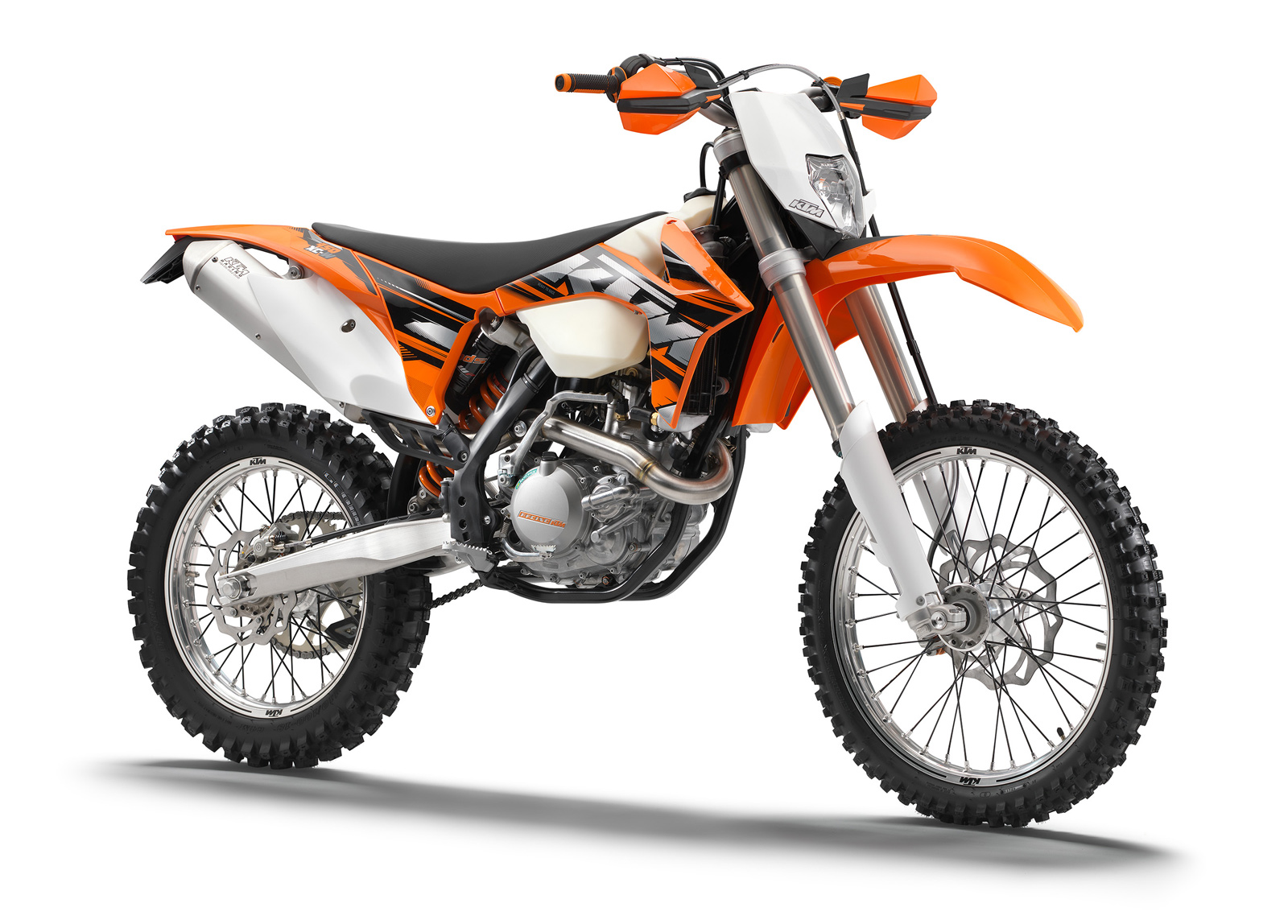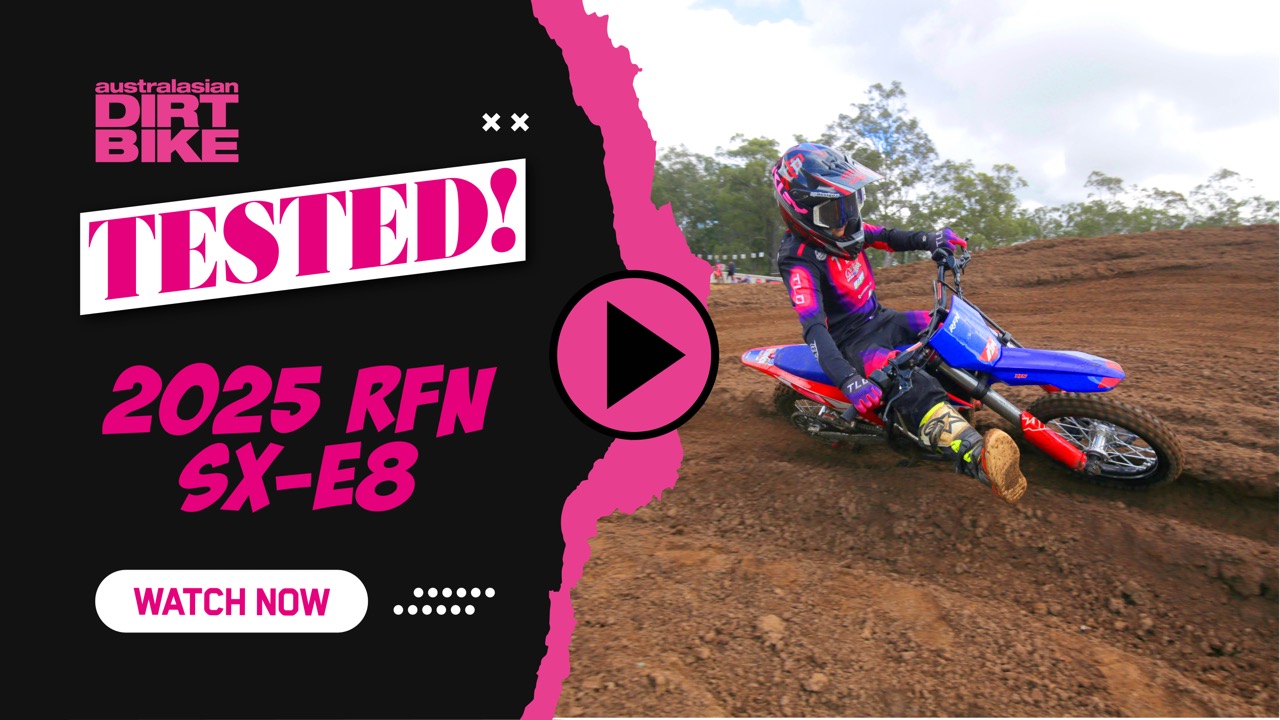After a full year of hammering this thing through the gnarliest terrain I could find, it’s time to wrap up the long-term test of the 2024 Beta RR 300 Racing. This bike has copped a thrashing – hard enduro loops, rock climbs, farm hill sessions, rain-soaked rides, fire-ravaged singletrack – you name it, it’s done it.
The big question after a year of riding is whether the Beta 300 Racing has held up. The short answer? Yes. Despite reading about all sorts of issues that other riders have had – jetting headaches, dodgy electrical grounding, brake fade – none of that happened here.
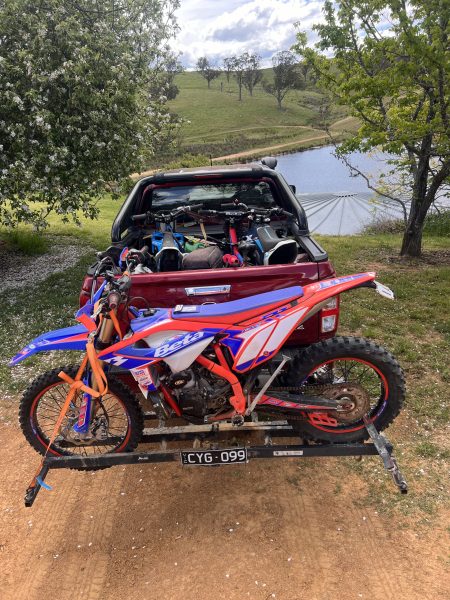
The only real quirks were a slight pinging noise on deceleration, which never caused a problem but was always noticeable, and the suspension, which softened up quite a bit after 40 hours of riding, particularly in the front. The second spark plug was an absolute pain to get to, which wasn’t a deal-breaker but definitely made maintenance more frustrating than it needed to be. The start/stop button occasionally decided to stop working altogether, but a quick rock back and forth usually got it going again, which suggests a loose wire somewhere. None of these issues ever left me stranded or prevented me from riding, which says a lot about how solid this bike is.
The best part of this bike has been the engine. The 2024 Beta 300 Racing has a punchy, torquey powerplant that still manages to be rideable. It never felt too aggressive or hard to control, but it had enough bottom-end grunt to tractor up the nastiest climbs and enough top-end hit to make things exciting when the trail opened up. The balance between aggression and usability is what made it so good – it always had power when I needed it, but it never felt unpredictable or out of control.
I ran a mix of 40:1 to 50:1 fuel over the year, and the engine never missed a beat. It never fouled a plug or had any issues starting, and it still runs just as strong now as it did on day one.
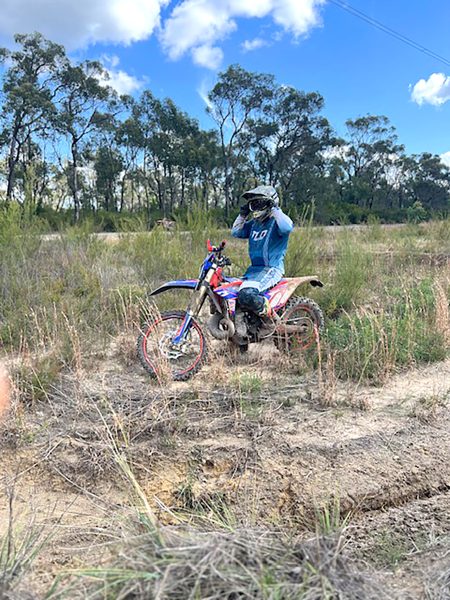
The only real changes I made were to the gearing and tyres, and both of those made a noticeable difference. I swapped out the stock rear sprocket for a bigger one – 51-tooth – to work with the 13-tooth front sprocket it comes standard with. That change made a huge difference in technical terrain, letting me carry second gear instead of first in a lot of sections. The bike felt smoother and more controlled without needing to constantly feather the clutch.
The gearbox oil was changed twice over the year, and every time I drained it, it looked clean – no metal bits. That’s a good sign that everything inside the engine is still in top shape.
The Mitas EX tyres, combined with my old soft mousse tubes, were probably the best upgrade I made. The gummy tyres conform to the terrain ridiculously well, giving insane grip, and the soft mousse setup let me crawl up anything without feeling like I was fighting for traction.
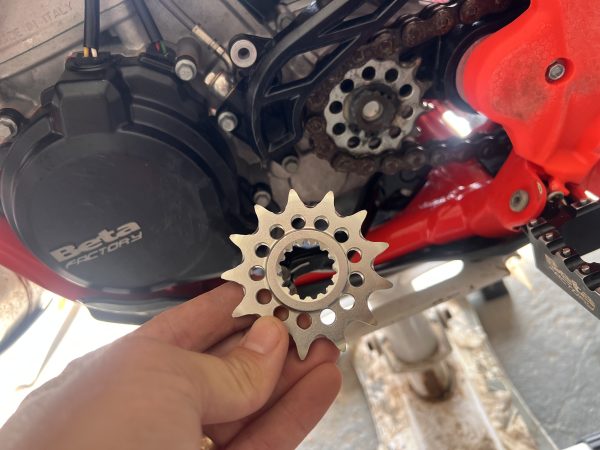
Everything else on the bike? Still stock. The original brake pads are still hanging in there, the chain hasn’t needed replacing, and aside from the usual battle scars – like a banged-up pipe, a flogged-out clutch cover and a swingarm covered in scratches – there’s nothing mechanically wrong with it.
The Beta 300 Racing is, hands down, one of the best hard enduro bikes I’ve ever ridden. My fast bike was the Sherco 300 SE Factory and it’s hard to pick the better bike. It’s tough, fast, torquey and insanely fun to ride.
Would I change anything? Maybe I’d freshen up the suspension after more than 40 hours, get a better-positioned second spark plug (good luck with that), and replace the start/stop button before it decides to quit for good. But would I buy another one? Absolutely.
That’s it for this long-term test. The Beta 300 Racing has done its job – and done it bloody well.
Mitch Lees
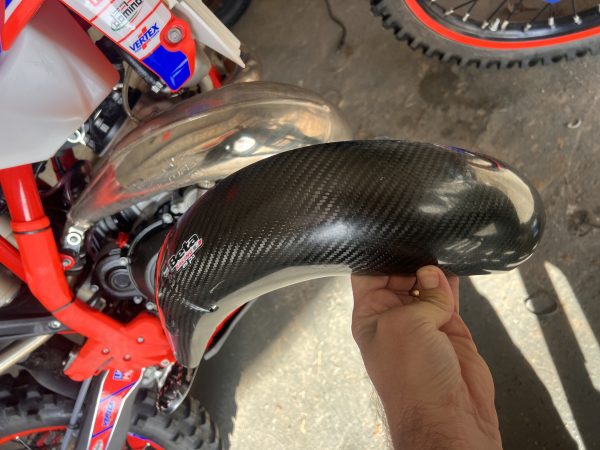
2024 BETA 300 RACING
RRP $18,395 ride away
WARRANTY
Three months, parts only
DISTRIBUTOR
Beta Motor Australia
INTERNET
betamotor.com.au
//sidebar//
SO FAR
TOTAL HOURS 54
MODS THIS MONTH: None
MODS NEXT MONTH: None
